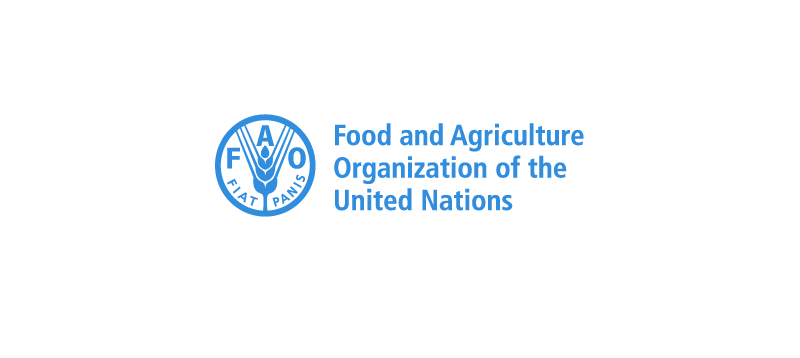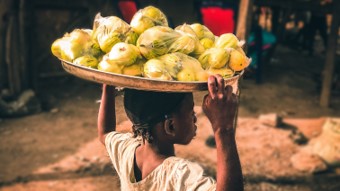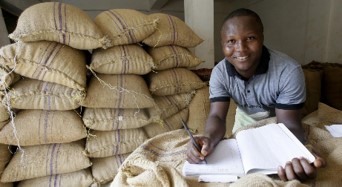Home - PR UN Rome
Welcome to the website of the Permanent Representation of the Kingdom of the Netherlands to the United Nations in Rome.
Marcel Beukeboom
Permanent Representative United Nations Organisations in Rome
Marcel Beukeboom was appointed Permanent Representative of the Kingdom of the Netherlands to the United Nations Organisations in Rome in 2021.
More information about the Permanent Representative



